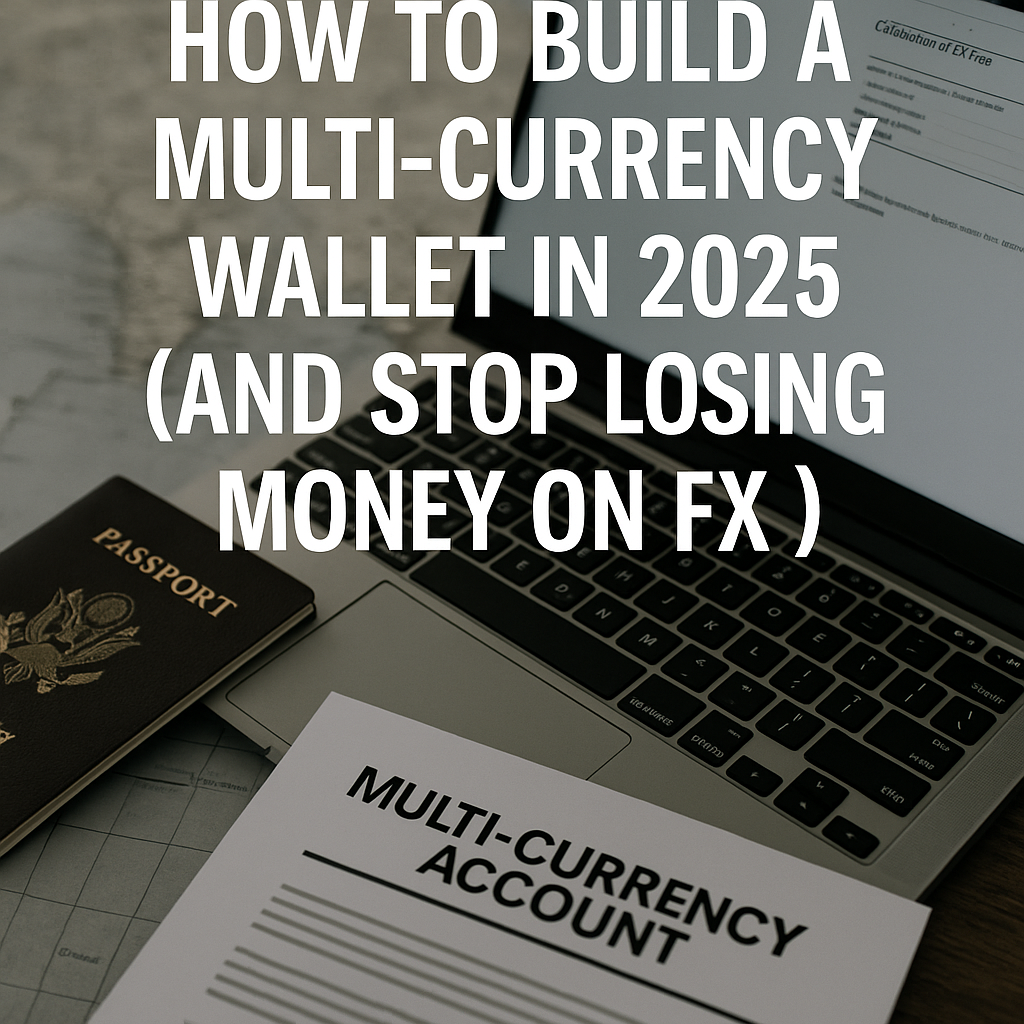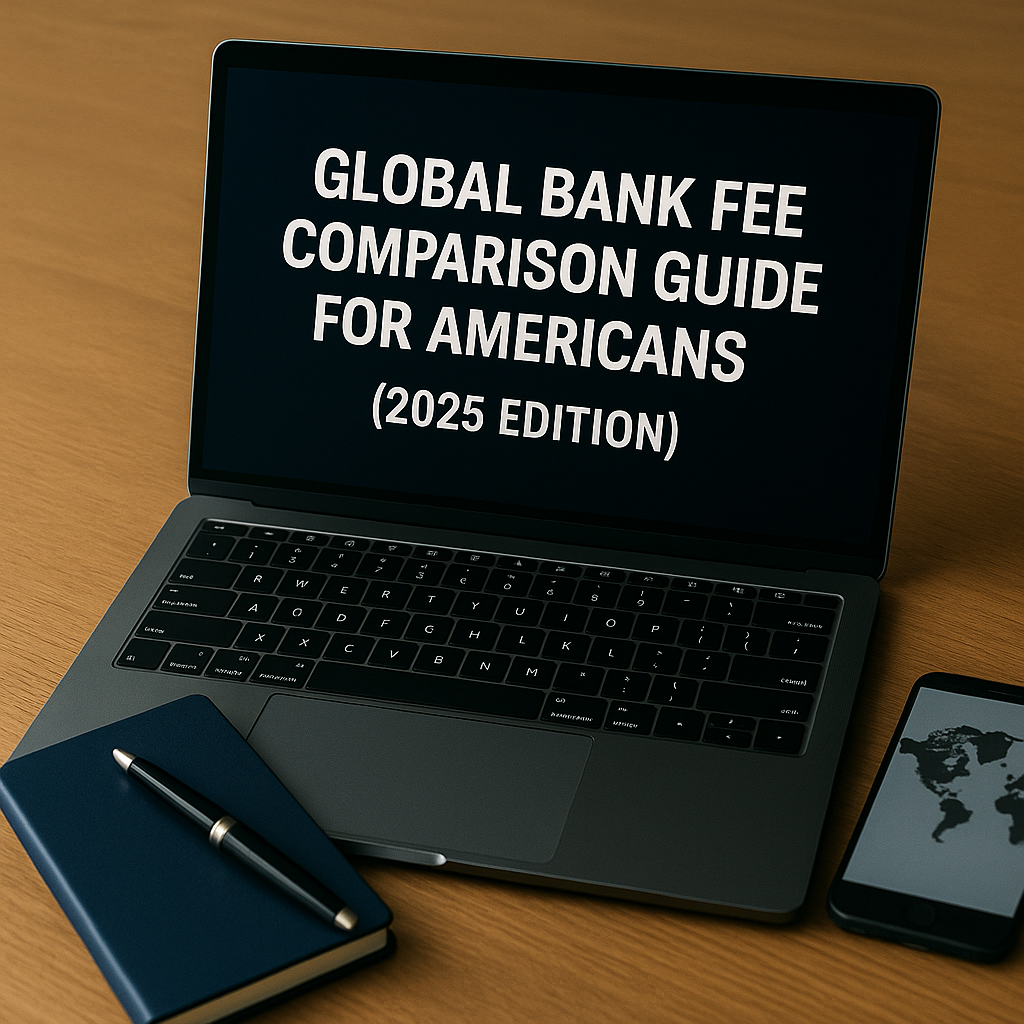Introduction: Why You Need a Multicurrency Account in 2025
In today’s global economy, managing multiple currencies isn’t just for jet-setters or international businesspeople—it’s becoming essential for freelancers, remote workers, digital nomads, and even casual travelers. With rising foreign transaction fees, fluctuating exchange rates, and increasing demand for borderless banking, a multicurrency account (MCA) is now one of the smartest financial tools available.
This guide will walk you through everything you need to know about MCAs in 2025: what they are, who needs them, how to open one, and which providers offer the best services.
What Is a Multicurrency Account?
A multicurrency account allows you to hold, receive, and send money in multiple currencies—such as USD, EUR, GBP, JPY, KRW, and more—from a single account. Think of it as a global wallet that eliminates the need to constantly convert between currencies.
Key features:
- Hold multiple currencies simultaneously
- Get local bank details in different countries (e.g., US routing number, UK sort code)
- Exchange currencies at mid-market rates
- Send and receive funds globally
Who Should Use a Multicurrency Account?
A multicurrency account can benefit a wide range of people:
- Freelancers & Remote Workers: Get paid in clients’ local currencies and avoid exchange fees.
- Digital Nomads: Access local funds without opening a new bank account in each country.
- Travelers: Save on ATM withdrawals and card transaction fees.
- Expats: Manage income and expenses across multiple countries.
- Online Sellers: Receive payments from international customers easily.
Advantages Over Traditional Bank Accounts
| Feature | Traditional Banks | Multicurrency Accounts |
|---|---|---|
| Number of supported currencies | 1 (or limited) | 10–50+ |
| Exchange rate margin | High | Mid-market rates |
| Global receiving accounts | Limited | Multiple local details |
| Maintenance fees | Often high | Usually low or none |
| Account opening speed | Slow | Instant or 1–2 days |
Top Multicurrency Account Providers in 2025
Here are the best global MCA providers this year, based on fees, coverage, speed, and ease of use:
1. Wise (formerly TransferWise)
- Hold 50+ currencies
- Get local account details for 10+ countries
- Real mid-market exchange rates
- Low transparent fees
2. Revolut Business / Revolut Personal
- Free and paid tiers
- Fast currency exchange and spending
- Virtual cards for online purchases
- Great mobile app interface
3. Payoneer
- Ideal for freelancers and businesses
- Get paid by clients in USD, EUR, GBP, etc.
- Integrated with major marketplaces like Amazon and Upwork
4. HSBC Global Money Account
- Trusted traditional bank with a modern twist
- Supports global transfers and currency storage
- Premium service for high-net-worth clients
5. Citi Global Wallet
- Available to Citi account holders in many countries
- Seamless integration with local Citi accounts
- Currency holding and auto-conversion options
Step-by-Step: How to Open a Multicurrency Account
Step 1: Choose the Right Provider
Select based on your needs—freelancing, travel, e-commerce, etc.
Step 2: Sign Up Online
Most providers let you open an account online with ID verification.
Step 3: Fund Your Account
Transfer money via bank wire, debit/credit card, or PayPal.
Step 4: Start Receiving or Sending Money Globally
Use your new account details to receive payments and start managing multiple currencies efficiently.
What to Watch Out for
Not all MCAs are created equal. Consider the following when choosing one:
- Exchange rate transparency: Always check if mid-market rates are used.
- Hidden fees: Some providers charge inactivity or withdrawal fees.
- Country limitations: Some services aren’t available in every country.
- Customer support: You want fast, multilingual support if something goes wrong.
Use Cases: Real-Life Benefits of MCAs
Digital Nomad in Thailand
A Canadian writer living in Chiang Mai uses Wise to get paid in CAD and convert to THB at low fees, spending directly with a multicurrency card.
Freelancer in Argentina
A web developer earns in USD from US clients and holds the money in a Revolut account to avoid inflation in Argentina.
Traveler in Europe
A Korean traveler uses Revolut’s e-wallet to switch between KRW, EUR, and GBP seamlessly during a backpacking trip.
Tax & Regulatory Notes
While MCAs offer global flexibility, you still need to consider:
- Tax reporting: You may need to declare foreign holdings depending on your country.
- KYC/AML compliance: Be ready to verify your identity and explain income sources.
- Transaction limits: Some services cap monthly withdrawals or currency conversion amounts.
Final Thoughts
Opening a multicurrency account in 2025 is not just a trend—it’s a necessity for anyone living, working, or doing business across borders. With the rise of remote work and digital payments, managing your finances in multiple currencies gives you control, savings, and flexibility.
Whether you’re a global freelancer, a frequent traveler, or an expat looking for financial efficiency, the right MCA can help you stay ahead financially.


